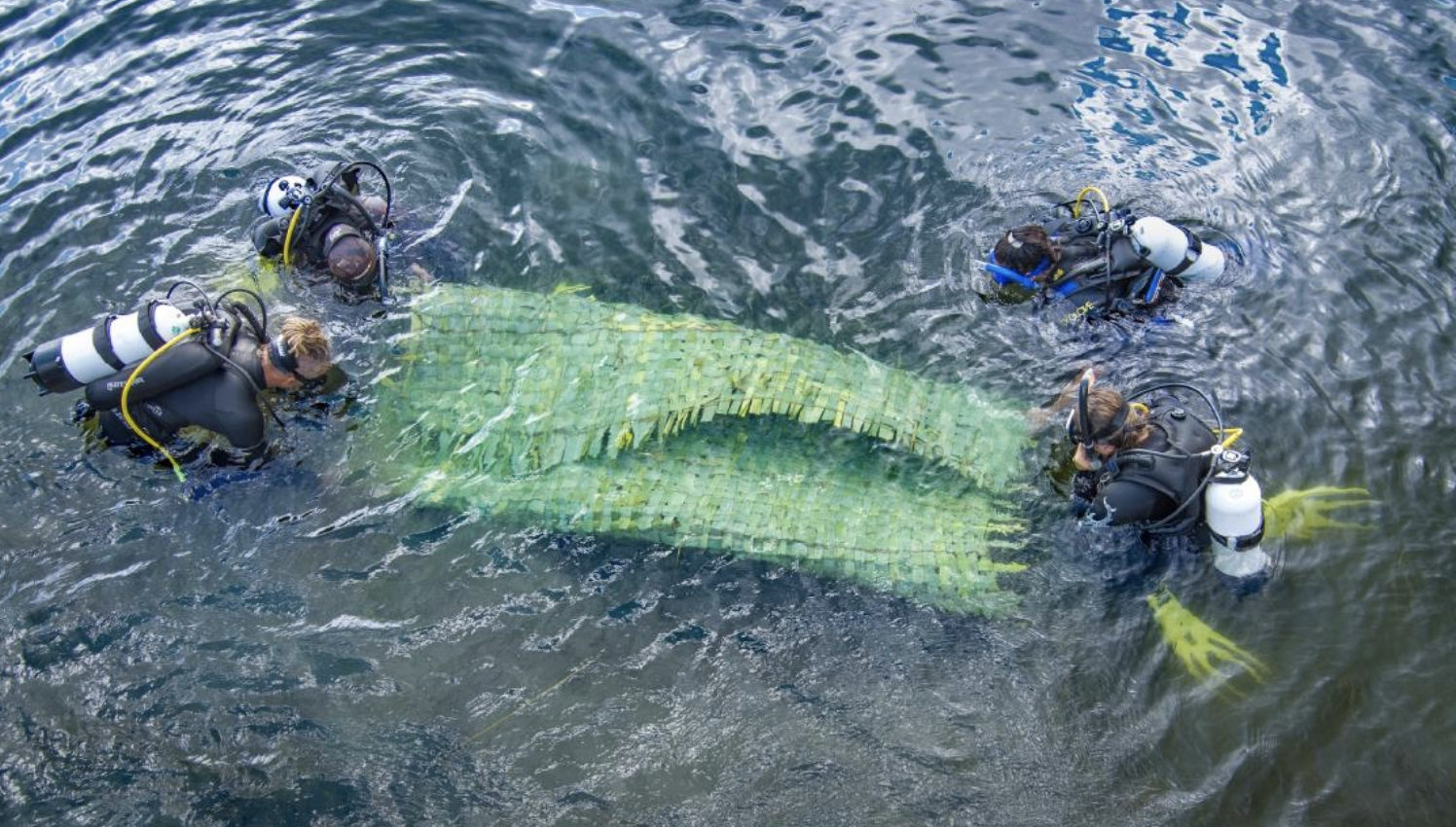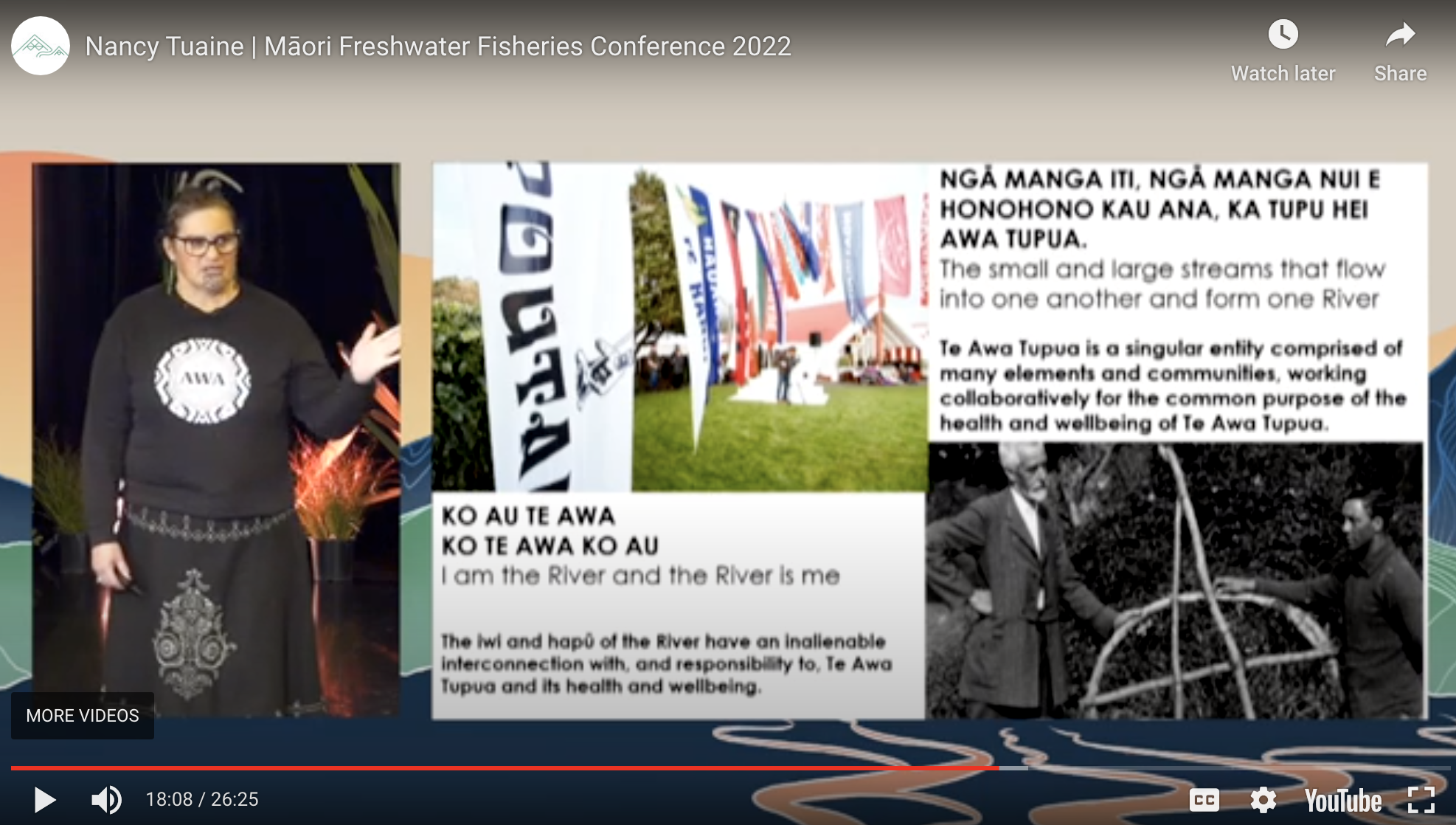MĀTUARANGI MĀORI
Mātauranga Māori is a continuum of distinct knowledge with Polynesian origins that grew in Aotearoa, New Zealand, including Māori worldview, values, culture and cultural practice, and perspectives that establish Māori identity, responsibilities, and rights to manage and use resources. As such, mātauranga Māori is considered the ūkaipō (source) of knowledge in Aotearoa, New Zealand; Indigenous Knowledge or Traditional Ecological Knowledge are all part of mātauranga Māori, but defining it as knowledge alone is inadequate. Mātauranga Māori is understood within Te Ao Māori, a Māori worldview that has at its foundation relationships between everything seen and unseen, humans and more-than humans, the natural and spiritual world, and in turn, shapes the Māori way of doing things -from Taylor & Francis online - website
Te Reo o te repo - the voice of the wetlands
Te Reo o Te Repo – The Voice of the Wetland is an online wetland handbook created collaboratively between the Waikato Raupatu River Trust and Manaaki Whenua-Landcare Research. The 212 page PDF contains has a section on Mātauranga Māori
The importance of ritual and ceremony
Stars of the Matariki cluster : Waitī by Matiu Bakere
Assessing the vulnerability of taonga freshwater species to climate change
To respond to and prepare for changes in our climate, and the eects of those changes on taonga species, we need a better understanding of taonga species' vulnerability to climate change. This information is needed so that decision makers such as Te Wai Māori Trust can make informed decisions regards taonga species conservation and management. - from Te Wai Māori PDF
LINKS:
Te reo o te repo : the voice of the wetland
Te Reo o Te Repo – the Voice of the Wetland is an online wetland handbook created collaboratively between the Waikato Raupatu River Trust and Manaaki Whenua-Landcare Research
LINK:
800 year old solution
A 70-year-old problem is being tackled with an 800-year-old mātauranga Māori solution just outside Rotorua – and the issue all started with goldfish.
Those goldfish, and the contents of their aquariums, dumped into Lake Rotoiti and Lake Rotomā back in the 1950s are the cause of the pest weed that now infects both lakes.
According to Te Arawa Lakes Trust biosecurity manager William Anaru, the pest weeds and their oxygen-sapping spin-off effect on the water quality has seen traditional kai such as kōura (crayfish) almost totally wiped out.
LINKS:
Video on stuff - Rotorua iwi trust biosecurity award
Willian Anaru talk - Māori freshwater fisheries conference 2022
Can Mātauranga Māori help save Aotearoa’s Kākahi (freshwater mussels)
Te Wai Māori
Te Wai Māori was established under the Maori Fisheries Act 2004 to advance Māori interests in freshwater fisheries. Protecting Māori interests in freshwater fisheries ultimately means protecting habitat to ensure quality water and abundant species. Freshwater fisheries include species, habitat, surrounding land, water column, water quality and quantity. e Wai Māori is a product of the Deed of Settlement (Māori Fisheries Settlement) 1992 and an entity of Te Ohu Kai Moana Group
LINKS:
talk on Kanakana - Lamprey
Dr Jane Kitson addressing the Māori Freshwater Fisheries Conference 2022. She leads the Ngā Pae o te Māramatanga project on kanakana/lamprey and the use of harvest mātauranga to monitor population trends.
LINK : https://www.youtube.com/watch?v=jI8fH2NN1B0
Te awa tupua - Wanganui river
Nancy Tuaine shares with us the history of Te Awa Tupua - a legally recognised indivisible and living entity, comprising the Whanganui River from the mountains to the sea, incorporating all its physical and metaphysical elements.









